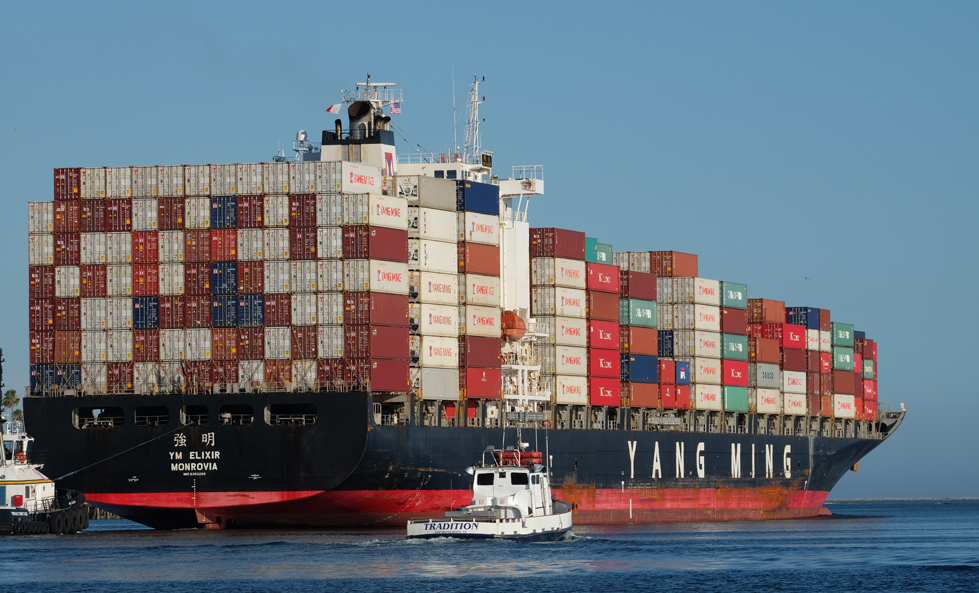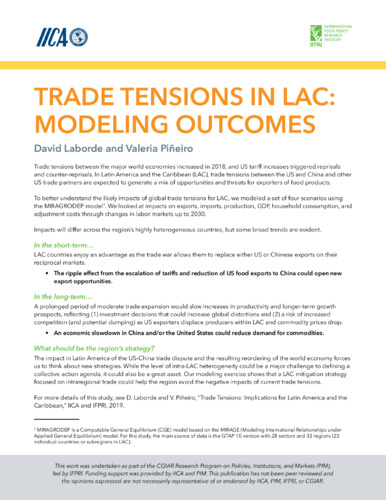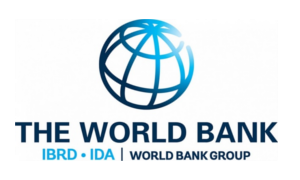The end of 2016 and the beginning of 2017 saw a dramatic change in the global trade picture. Following on the heels of the British referendum supporting the exit of the United Kingdoms from the European Union, the U.S. presidential election that resulted in the victory of Donald Trump, who made many protectionist statements during the campaign, in particular threatening China, Mexico, and Germany with import duties. At various points, he said that he would impose tariffs of 35 percent on some Mexican imports and 45 percent on Chinese imports as a way to protect American jobs from unfair foreign competition. In 2018 concrete actions from the US, China and other countries have been seen and the impact of these actions have started to be seen in other regions of the world.
The spillover effect created by the ongoing US-China trade war have a clear impact on the multilateral trading system. It affects the export-led economies through increases in the level of uncertainty, higher costs of the import contents of their export, increased tariffs on their exports, costs associated with supply-chain disruptions; slower growth on partner countries and sectors; and negative impact on investment inflows.
This project analyzes the impact of the US and China trade tensions through different scenarios to illustrate the effect of such tensions in third party countries.











